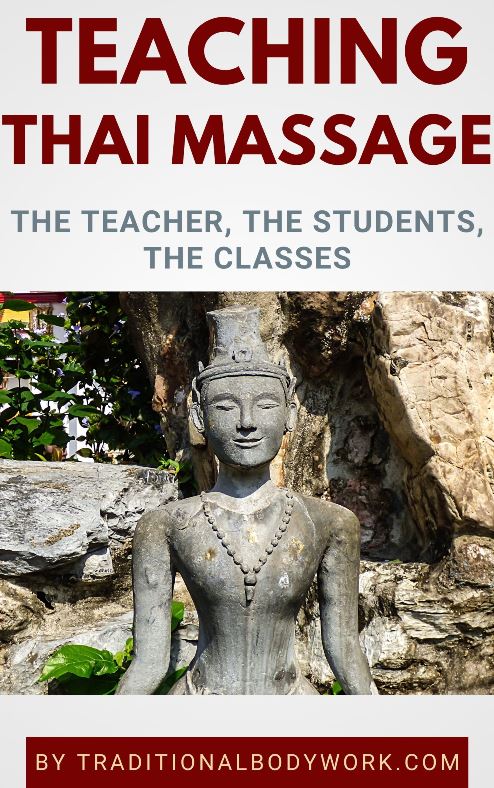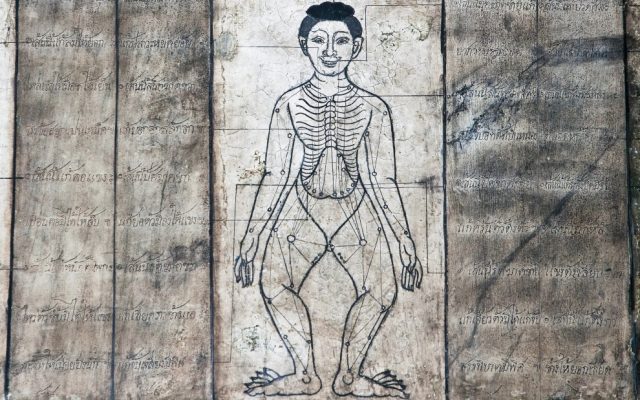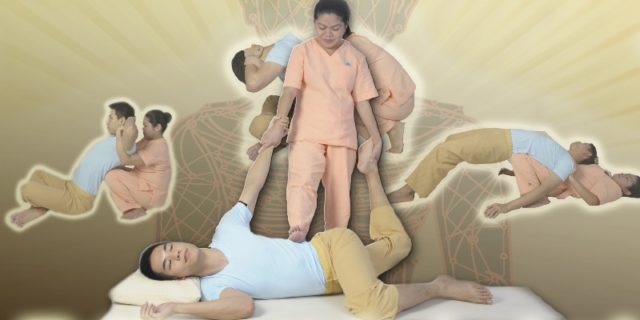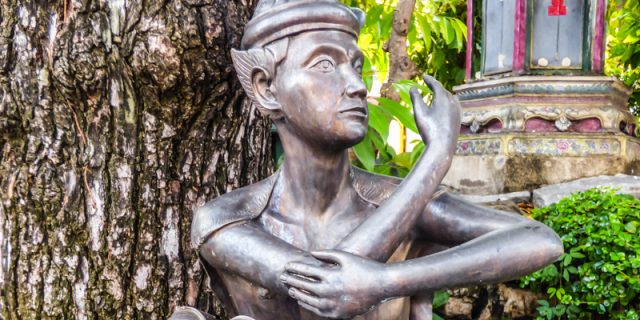
Over the years, we have seen the steady increase of Thai Massage Teacher Training or Thai Massage Instructor Training courses and programs.
As the demand for Thai Massage (aka Thai Yoga Massage) still increases globally, there is definitely need of more Thai Massage teachers. Nevertheless, students should be cautious, or at least critical before choosing a teacher training program.

Most of the training programs will “make you a teacher” in about one to three months’ time — from scratch. Often you don’t even need any real experience as a Thai Massage practitioner. And usually, if at all, you just hand in a rather small portfolio of logged massage sessions to “prove” your experience.
If you’d like to become a Thai Massage teacher you’d basically just pick any massage school that has a teacher training program, you learn a standard Thai Massage session sequence (which usually takes a week or maybe two weeks) and you repeat this foundation training course say two, three, four times.
Next, you start assisting your teacher during regular training courses and sometimes you even get the opportunity to teach one or more classes yourself (under supervision). And after that — you simply pay the bill.
But then, yeah well, you have become a “Thai Massage Teacher.” However, it doesn’t necessarily mean you can automatically hand out affiliated school certificates to your students. That might cost you a lot more — per certificate, but then again, you can let your future students pay for that. It neither means you will be able to hand out certificates that have recognized Continuing Education value — that’s a whole other route.

Certainly, you could always choose to write your own creatively designed certificates and just state that you became a teacher through this or that massage school. And sometimes there’s the opportunity to create an official franchise or branch. But the latter might also cost you a certain “investment.”
Then there are teacher training programs that emphasize experience. This basically means handing in a certain amount of real-life (logged) sessions, being an active Thai Massage practitioner for a certain amount of time, and hand in proofs of a certain set of (recognized) course hours. Often you will also need to develop a study curriculum, that is, the Thai Massage courses or workshops you intend to offer your future students. Usually, acknowledged Continuous Education training is a requirement to stay registered as an instructor.
Another teacher training style is the so-called organic way, meaning that there’s no specific timeline, but just studying, returning, studying, practicing, assistant teaching, and at some point in time you are “declared ready.” Afterwards you can start teaching courses, referring to the Thai Massage lineage you trained with. An admirable concept indeed, but there’s a slight risk here of nepotism or endless training before being declared “teach-worthy.”
The real issue here is that there are barely any official stately recognized Thai Massage teacher training programs around the world, except for in Thailand where Thai Massage training is an official governmental endeavor (which can even be in a setting of studying Thai Traditional Medicine as a whole). But those Thai Massage teacher programs are generally not accessible for foreigners, unless you speak the Thai language fluently.

There are however, for instance in the Australia, in the USA, in the UK, and in some other countries in Europe, attempts to bring Thai Massage training on a stately recognized and accredited level. This is done mostly by incorporating Thai Massage training in existing accredited massage or bodywork programs, those that already focus on anatomy, physiology, business awareness, legislation, and so on. But even so, when it comes to Thai Massage teacher training programs it’s still somewhat a Wild West story and all highly arbitrary.
So basically, today still, technically anyone can call themselves a Thai Massage teacher or instructor (or if the word “massage” becomes a legal problem, you call yourself a Thai Bodywork Teacher). Generally, there are no laws which forbid that. No regulation. No need to follow a program apart from perhaps, depending on the country, having an accredited massage therapy license.
And if you’d still prefer some kind of Thai Massage teaching “recognition” you just enroll for instructor speed-courses and affiliate programs, follow the experience-path, or study in the organic way with a Thai Massage school or teacher that offers instructor training.
Yet, I think an excellent teacher will be an excellent teacher anyhow, and this especially when it comes to Thai Massage — for you can teach, but you cannot hide. Things will just simply show itself and gifted teachers will naturally popup high above the surface.















